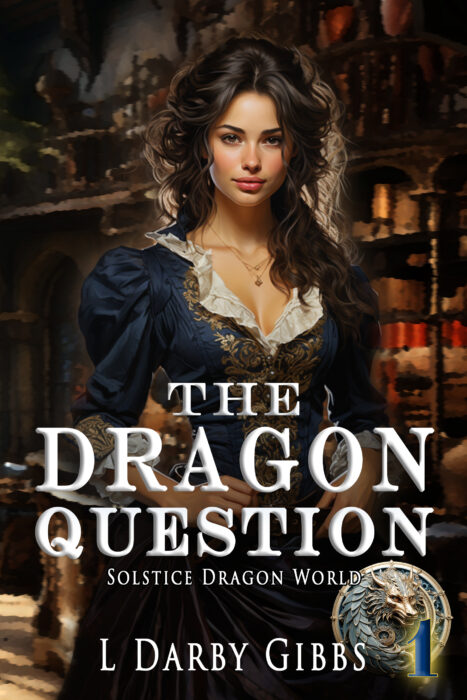What if she was real a moment ago? It is the What Ifs that writers bring into reality. What if kids had to fight to the death to earn a position in society? What if everybody was altered to fit into one of five personality types? Questions and possibilities are what we build our stories…
Tag: creative writing
Creativity: Uses your whole brain. In the past the right brain was established as “conceptual, holistic, intuitive, imaginative and non-verbal” according to the Scientific American article “Is it true that creativity resides in the right hemisphere of the brain?” It was later replaced by the whole-brain theory which is covered by Ned Herrmann who wrote…
Overwhelmed by stuff, use anticipation to inspire. Creativity is best when the appetite is wet. I have already said that teaching encroaches on my writing time. Remember the movie The Thing? That is the life of the English teacher: pursued by an engulfing pile of stuff. The teaching thing just eats everything up. So I…
Be ready to pounce on the writing moment. So last week I blogged about how creativity can be dependent upon routine. I do use this to a degree during the summer months, but I am just as likely to use the capture mode. This is when you sit down to do one thing and inspiration…
Be ready to write Creativity is such a personal experience. No matter who we are, we search for it. A kid wants to say something funny to his buddies, a man needs a good line to catch the woman’s attention, a painter dreams of that perfect aesthetic impression on canvas, the computer programmer must revise…
Readers need to connect the content to their own lives. Recently I was reading Jane Eyre. The narrator and main character Jane was describing a view of Rochester seated alone in a darkened room, and suddenly I was transported back about ten years and the memory of walking into my father’s office to see him…
foundations for a writing office I’ve been tweeting about the lovely little getaway house my husband and I have been building for the last three months. I am pleased it’s coming along, but what I really care about and am excited about is my office. Sure the house is going to have bedrooms, a living…
Live in a dome; artistic flare w/off-Earth life I love this idea: terraforming with a shell or dome to hold the atmosphere in and generate heat. That makes use of local planets like Mars, Venus, and various moons as liveable space very doable. Miriam Kramer’s article “Incredible Technology: How to Use a ‘Shell’ to Terraform…
